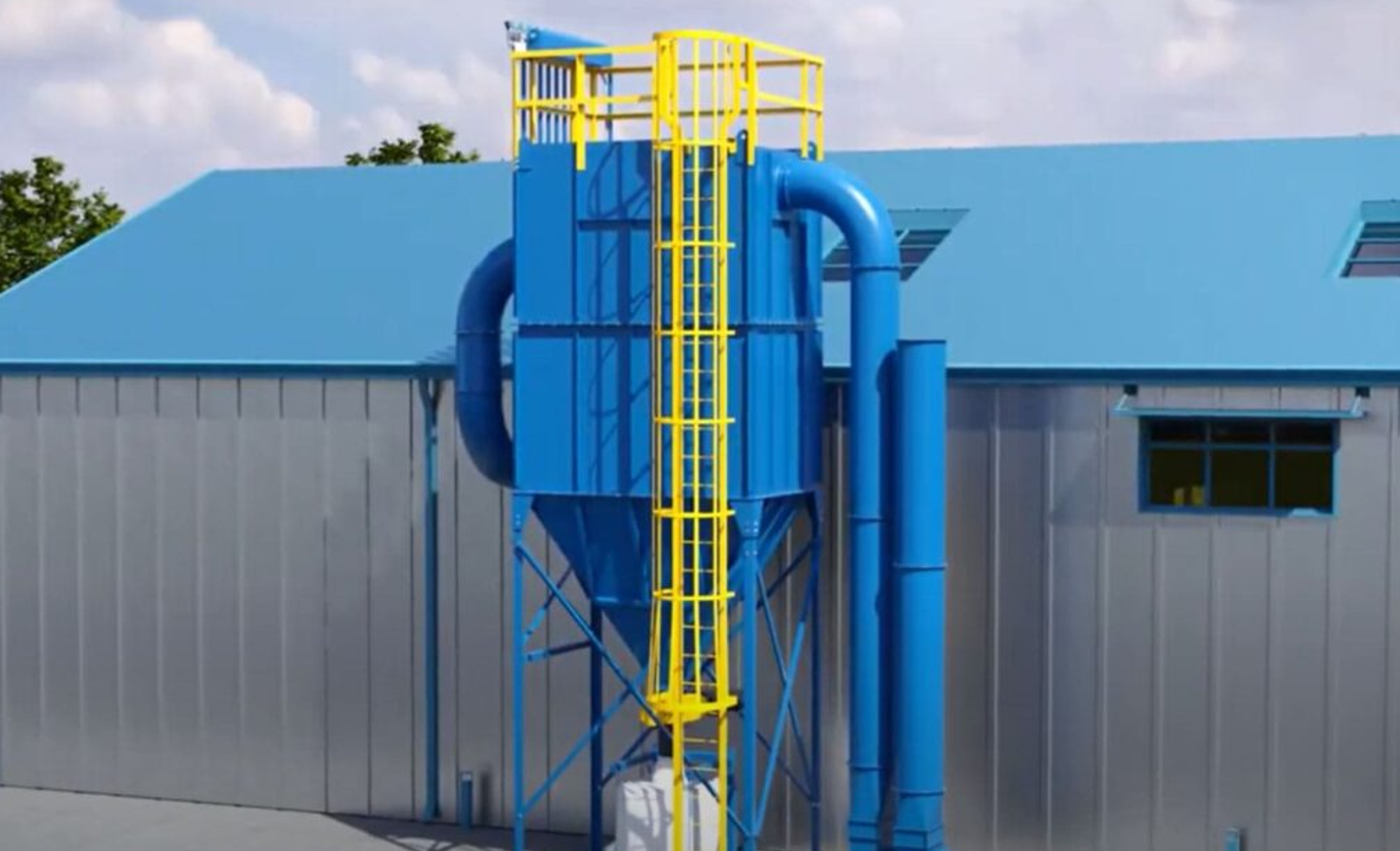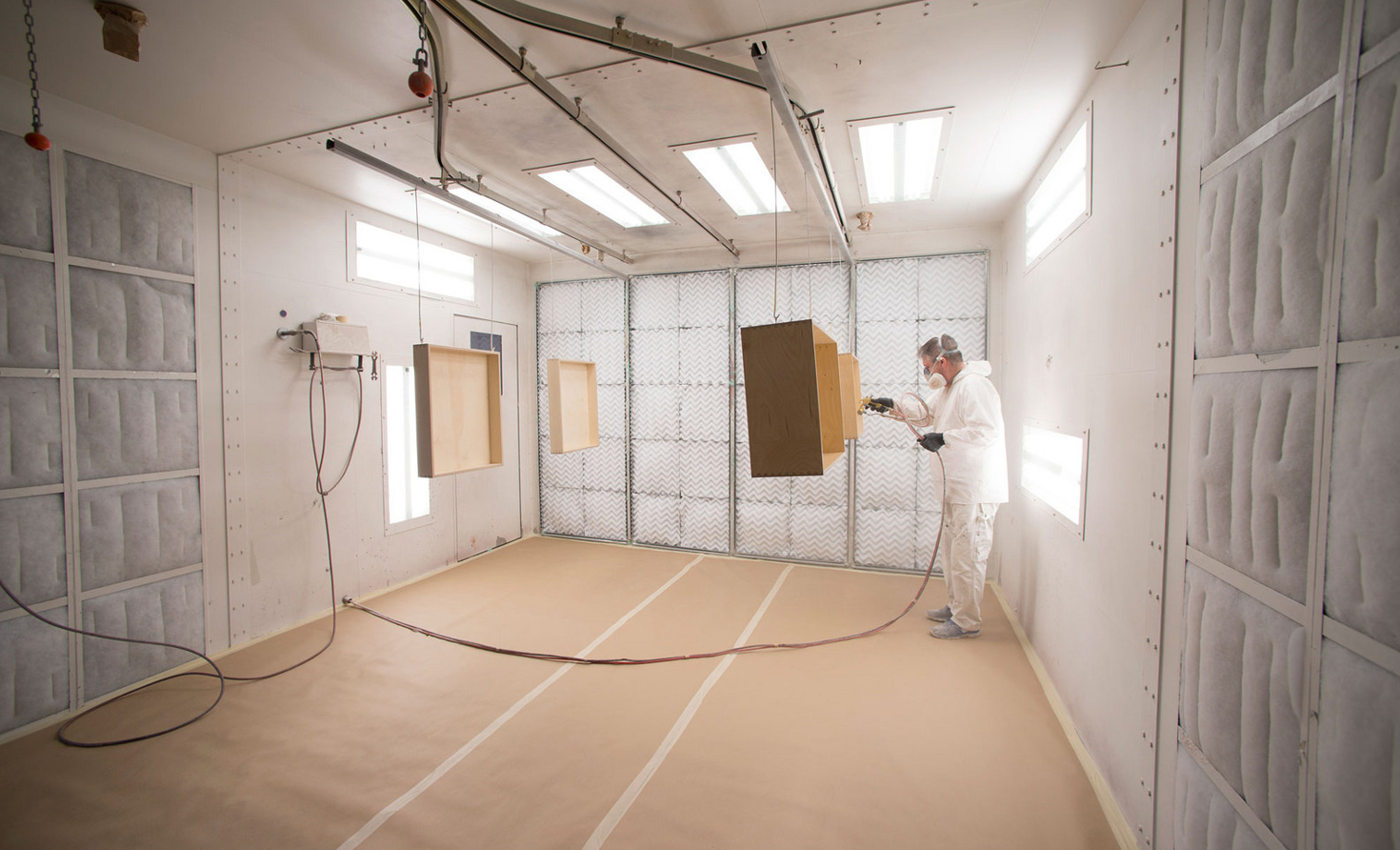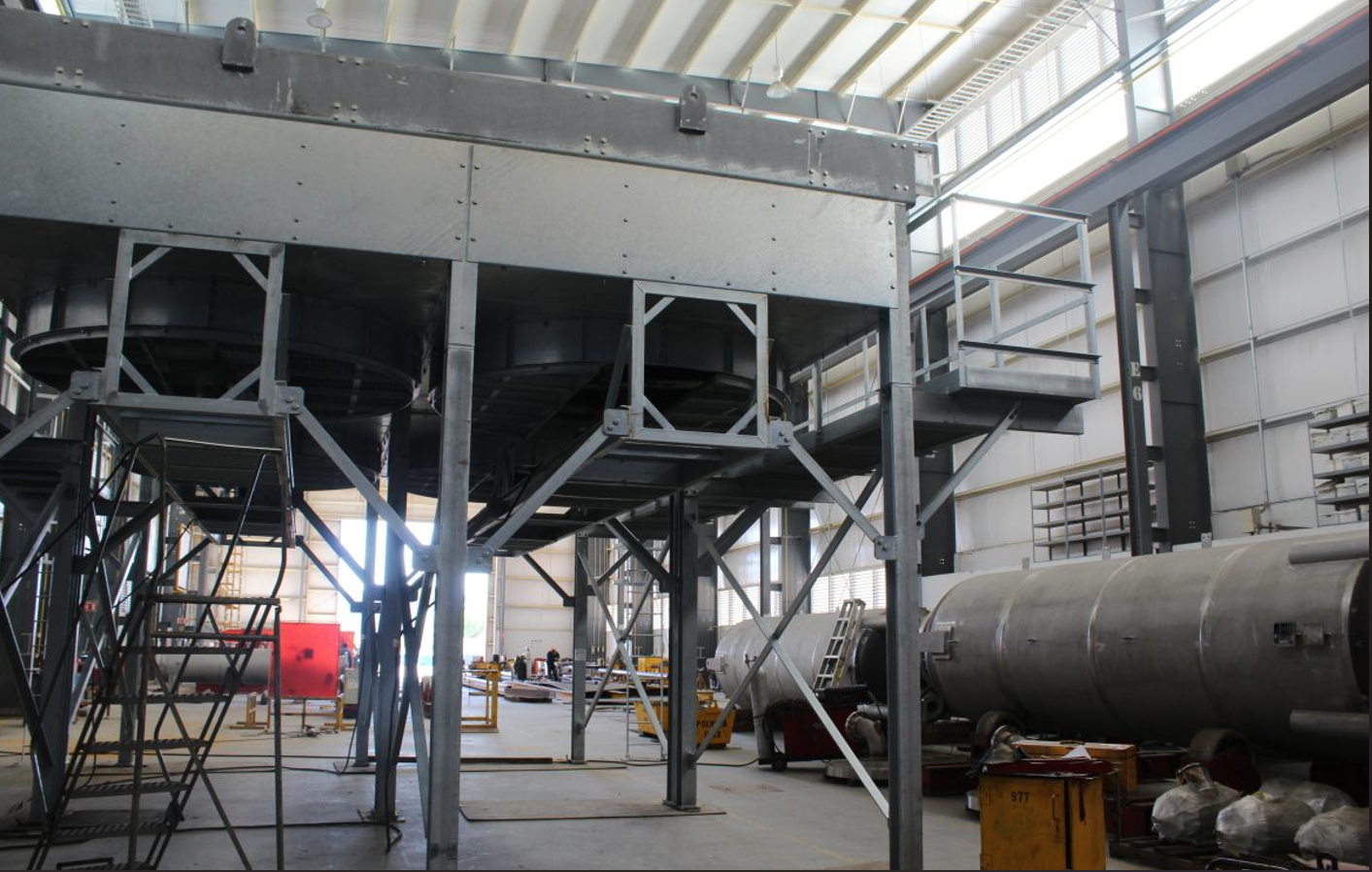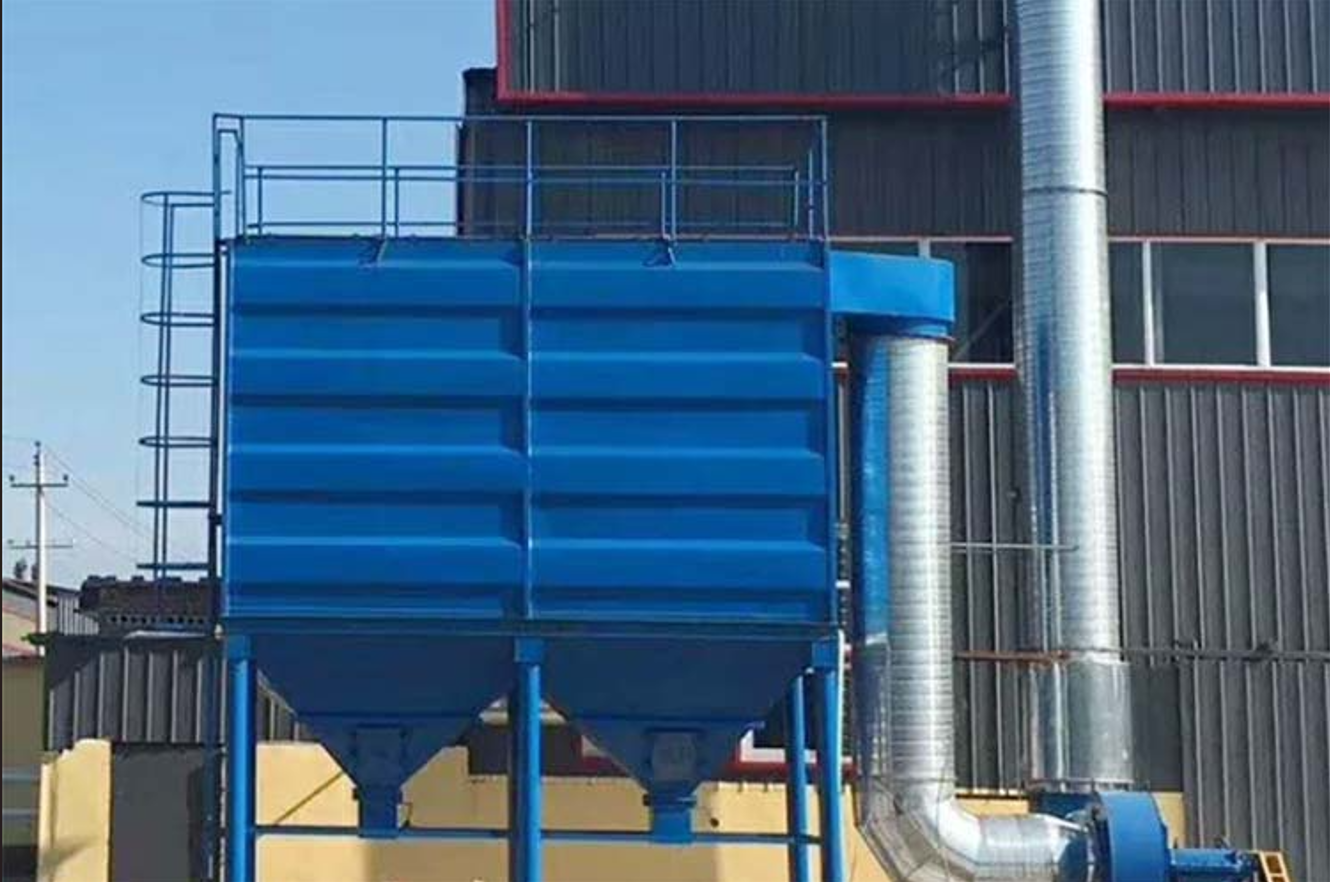Dust collectors are essential in maintaining clean air and safe working conditions in industrial environments. Whether you’re using a cyclone dust collector, a manual dust collector, or any other kind of dust collector, regular maintenance and quick troubleshooting can save you from costly downtime and performance issues.
Here’s a practical guide on how to identify and fix common problems with your dust collection system.
1. Weak Suction or Airflow Issues
What to check:
- Clogged filters
- Damaged or leaking ducts
- Blocked inlet or outlet
- Overfilled dust bins
Troubleshooting tips:
- Clean or replace filters regularly. If filters are caked with dust, airflow will naturally reduce.
- Inspect the ductwork for leaks or damage. Even a small crack can reduce suction efficiency.
- Empty dust bins frequently; overfilled bins can obstruct airflow.
2. Dust Collector Not Turning On
Possible reasons:
- Electrical fault
- Motor malfunction
- Blown fuses or tripped circuit breaker
What you can do:
- Check all wiring connections and circuit breakers first.
- If the motor is making unusual noises before it stops, it may need professional inspection or replacement.
- Replace blown fuses and ensure the power source is stable.
3. Excessive Dust Buildup Around the Unit
Why it’s happening:
- Filter failure
- Leaky housing or seals
- Incorrect airflow direction
How to fix it:
- Check for cracks or worn-out seals in the housing.
- Ensure the filter bags or cartridges are correctly installed.
- Confirm the system is pulling dust into the collector and not blowing it out due to reversed airflow.
4. Filter Damage or Short Life Span
What could be wrong:
- Overloading with fine dust
- High humidity or moisture in the air
- Incorrect filter type for your dust
Solution:
- Use the correct filter media that matches your dust type.
- For moist environments, install moisture separators or dryers.
- Avoid overloading the unit with more dust than it's rated for—regular cleaning schedules help extend filter life.
5. Abnormal Noise or Vibration
Warning signs:
- Loose components
- Fan imbalance
- Bearings failure
Action steps:
- Inspect all bolts, mounting brackets, and internal components.
- Listen for irregular sounds when the system starts or stops.
- Replace worn-out bearings or call for a technician if fan balancing is needed.
6. Dust Collector Shuts Down Unexpectedly
Why does it happen?
- Overheating
- The safety system tripped
- Motor overload
Troubleshooting guide:
- Make sure air vents are not blocked and the motor is not overheating.
- Check for any fault codes or warning lights on the control panel.
- Let the system cool and restart. If it happens frequently, call a technician.
7. Low Dust Collection Efficiency
Common causes:
- Improper unit sizing
- Filter saturation
- Poor maintenance
Fix it by:
- Re-evaluating the type of dust collector you're using—if you're dealing with heavy particulate, a cyclone dust collector might be a better fit.
- Make sure you're not overworking a manual dust collector beyond its capacity.
- Establish a regular cleaning and maintenance routine to maintain high efficiency.
Preventive Maintenance Tips
- Schedule routine inspections – Catch minor problems before they become big ones.
- Keep detailed maintenance records – Track filter changes, cleanings, and repairs.
- Train staff – Ensure that all system users understand the basics of troubleshooting.
- Using quality parts and filters reduces the chance of recurring failures.
- Don’t ignore early warning signs – Strange sounds, reduced performance, or visible dust should never be overlooked.
When to Call a Professional
If you've gone through all the basic checks and the problem still exists, it's time to consult a professional. Some issues, primarily electrical or motor-related, require trained technicians to handle safely and correctly. If you notice your dust collector is consistently underperforming, consider upgrading to a more suitable model, such as one with advanced filtration, which might be the right choice.



